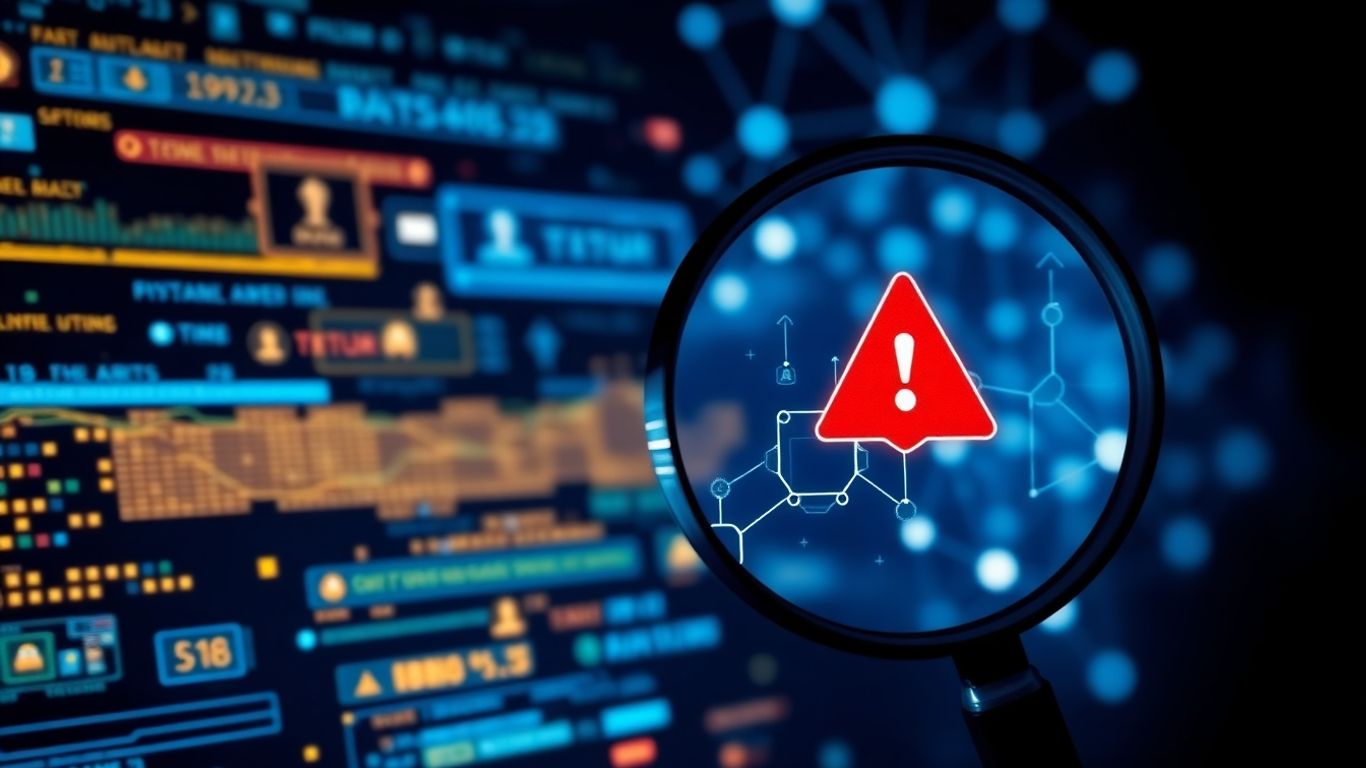[ newsletter ]
Stay ahead of Web3 threats—subscribe to our newsletter for the latest in blockchain security insights and updates.
Thank you! Your submission has been received!
Oops! Something went wrong. Please try again.
Positive Web3 has trained a large language model to identify vulnerabilities in Solidity smart contracts, enhancing security in the blockchain ecosystem.





In a groundbreaking initiative, Positive Web3 has successfully trained a large language model (LLM) to identify vulnerabilities in Solidity smart contracts. This innovative approach aims to enhance smart contract security by automating the vulnerability detection process, providing developers with comprehensive reports and suggested fixes.
As the blockchain ecosystem continues to grow, the security of smart contracts has become paramount. Vulnerabilities in these contracts can lead to significant financial losses and undermine trust in decentralized applications. Recognizing this, Positive Web3 embarked on a mission to leverage LLMs for vulnerability detection.
The journey began with testing existing language models, including ChatGPT. While ChatGPT demonstrated the ability to identify vulnerabilities in simple contracts, it was limited by its reliance on public data, making it unsuitable for auditing private or sensitive code.
The team explored various tools and plugins for Solidity analysis but found many outdated and ineffective. Most tools supported only early versions of Solidity, leading to numerous false positives. A few promising tools, like the Solidity AI plugin for VS Code, provided surface-level analysis but lacked the depth needed for comprehensive audits.
Faced with the inadequacies of existing solutions, Positive Web3 decided to create their own LLM agent. This involved:
The training process was fraught with challenges, including:
Through rigorous testing and refinement, the team improved the model's accuracy. They:
The final model demonstrated significant improvements, outperforming earlier versions and existing tools in identifying vulnerabilities in Solidity contracts.
The successful training of an LLM to identify vulnerabilities in smart contracts marks a significant advancement in blockchain security. While the journey involved numerous challenges, the potential for automating vulnerability detection and enhancing smart contract safety is promising. As the technology evolves, it could revolutionize how developers approach smart contract security, making the blockchain ecosystem safer for all users.


